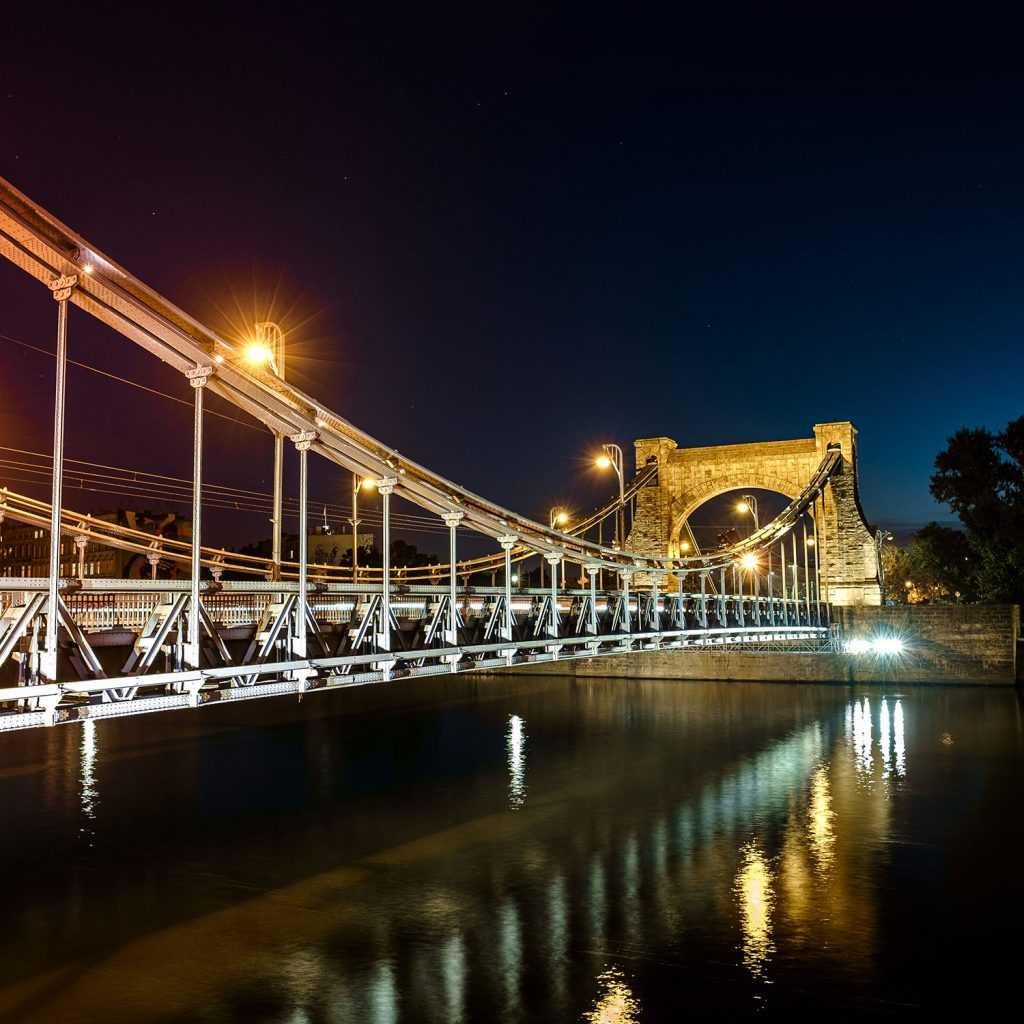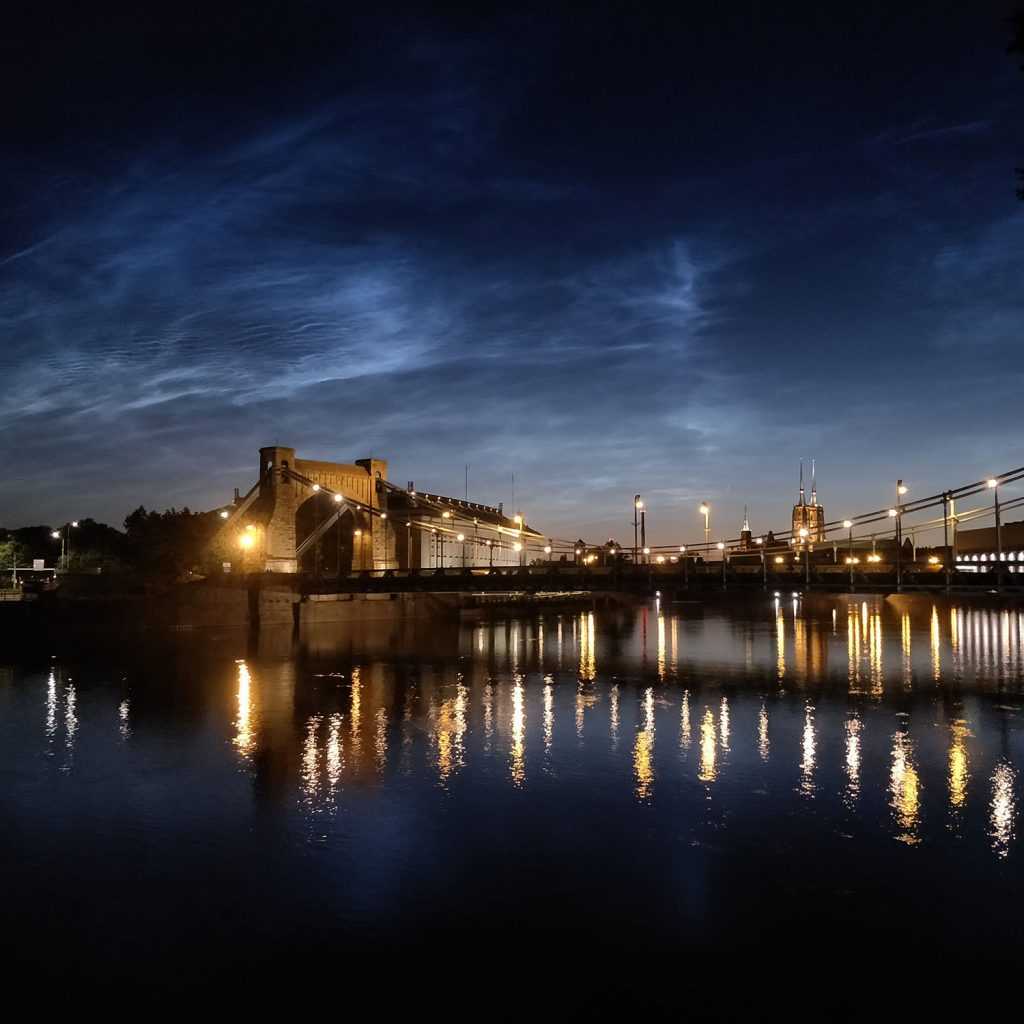Build Quality and focusing
The lens is relatively small, well-constructed and beautifully designed. It is very compact at only 65.8mm long with a diameter of 78mm. It weighs only 360g. Attractive design quality, dense feel with typical mix of metal finish. It has metallic lens mount. It also comes with bayonet lens hood which protects well front element also. The hood has a security button so it does not rotated or detached during use. 
Focus ring is metal made and covered with durable rubber, gives a nice feel when focusing and has enough damping that it will stay where you want it. It requires just over 1/3 turn to focus from minimum distance all the way to infinity which is a little bit more range than other lenses in this range but it gives you both fast and precise focusing. The aperture ring is smooth, solid and has half stop detents (with clicks) from f2.8 to f22. It is also ribbed for easy sensing it with fingers while using camera, especially on EVF. The end of the lens barrel is threaded for 72mm filters.
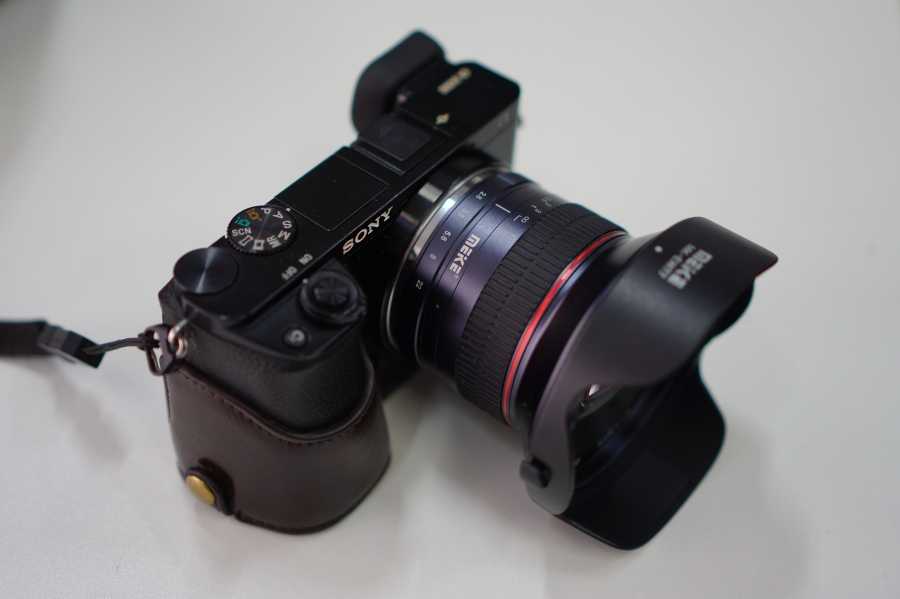
Meike 12mm has a rear focusing design so the lens barrel and front element do not move at all when focusing which makes the lens particularly nice for filter use. This is a purely manual lens, and both aperture and focus are controlled manually.
This lens have minimum focusing distance of 10cm which is smaller than other competitors lens thus allows for some relatively close-up subject shooting and making the background nicely out of focus. Unfortunately, the lens does not have depth of field marks which is disappointing for a fast wide angle prime so hyper-focal shooting is a little more difficult but using focus peaking (digital focus aid on Sony cameras) makes it way much easier. It has infinity mark witch is accurate and focus ring goes a little bit more past infinity as usual on all lenses.
Image quality and performance
So off to shoot a few sample images. First things first, what kind of distortion this lens have (as any wide angle lens). For my first target, I use shot of wall bricks (rocks). Setup was on same level as camera. Alignment was made with in-camera grid.
This slideshow requires JavaScript.
As you can see from image, there is very little distortion on Meike, barrel type one, maybe about 1% which is great result for this price range lens. Of course, all distortion can be post processed with software.
So I brought out my other test chart, ISO 12233 chart print. I used high quality Epson A3 photo printer. Downloaded hi-res chart, printed it on glossy paper at highest DPI Epson offers me (5.760 dpi). By the way these test charts are just something I threw together for me to see how lenses perform, other than careful alignment and doing the best I can to level and keep things straight, there is some room for some error. Not scientific at all so remember that. Also, left side of paper was little bended, not straighten all way in line with wall, so its not horizontal distortion on left side.
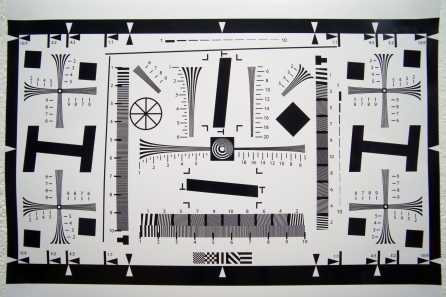 1/80s, f/11, ISO 100 Focal: 12mm
1/80s, f/11, ISO 100 Focal: 12mm 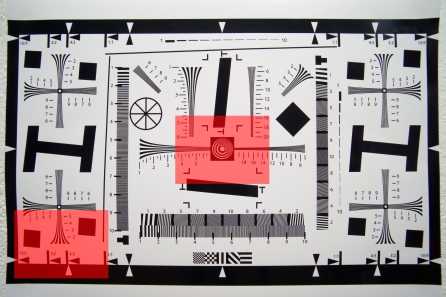 1/80s, f/11, ISO 100 Focal: 12mm
1/80s, f/11, ISO 100 Focal: 12mm
My purpose for this test was to see corner Lens sharpness and vignette testing and overall lens sharpness.
When it comes to flat subjects, sharpness figures aren’t the advantage of this lens. Also bear in mind lens to chart distance is so close so the best sharpness performance is not being found and shots made in 3D environment look much sharper at more normal distances.
 1/80s, f/5.6, ISO 100 Focal: 12mm
1/80s, f/5.6, ISO 100 Focal: 12mm 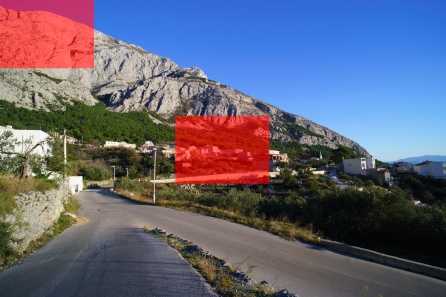 1/80s, f/5.6, ISO 100 Focal: 12mm
1/80s, f/5.6, ISO 100 Focal: 12mm
 Comparing edge sharpness on flat subject and real world at all apertures. Click on photo for full size (30MB !)
Comparing edge sharpness on flat subject and real world at all apertures. Click on photo for full size (30MB !)
Center sharpness is best from f/6.7 to f/11.0. It remains good all way to f/22.0
Corners are soft and becoming sharp at f/8.0 and staying sharp all way to f/22.0.
Overall, it is not a lens that does well with flat charts/subjects because it has not strong field curvature in close up shooting. When it comes to distance shooting (focus infinity) its doing great job.
Build Quality
Size & Weight
As a lover of compact kits, the Meike 25mm F1.8 was an absolute delight.
The lens measures only 1.46 inches (3.7cm), making it easily pocketable. This is awesome as I absolutely love pocketable setups.
As for weight, this little lens comes in at about 7.4oz (210g). This is certainly lightweight, but actually a bit more hefty than I expected. This unexpected weight comes from its shockingly nice build quality.
Is the lens built well?
Speaking of build quality, the Meike 25mm F1.8 is completely made of metal like most of the company’s other offerings. For the price, it’s really nice to have a lens that feels as “nice” as this one.
Even the lens cap is metal, although it’s a slip on/off kind, so it’s rather prone to getting lost easily.
So is the lens built to last? Maybe. It should be noted that a lot of Meike lenses are known for having inconsistent quality control, so it can be a bit of a crapshoot.
My copy was fully functional and in good shape, but I’ve heard of many other users who haven’t been so lucky. Thankfully, I’ve found that these low-budget lens companies tend to be pretty generous with their return policies.

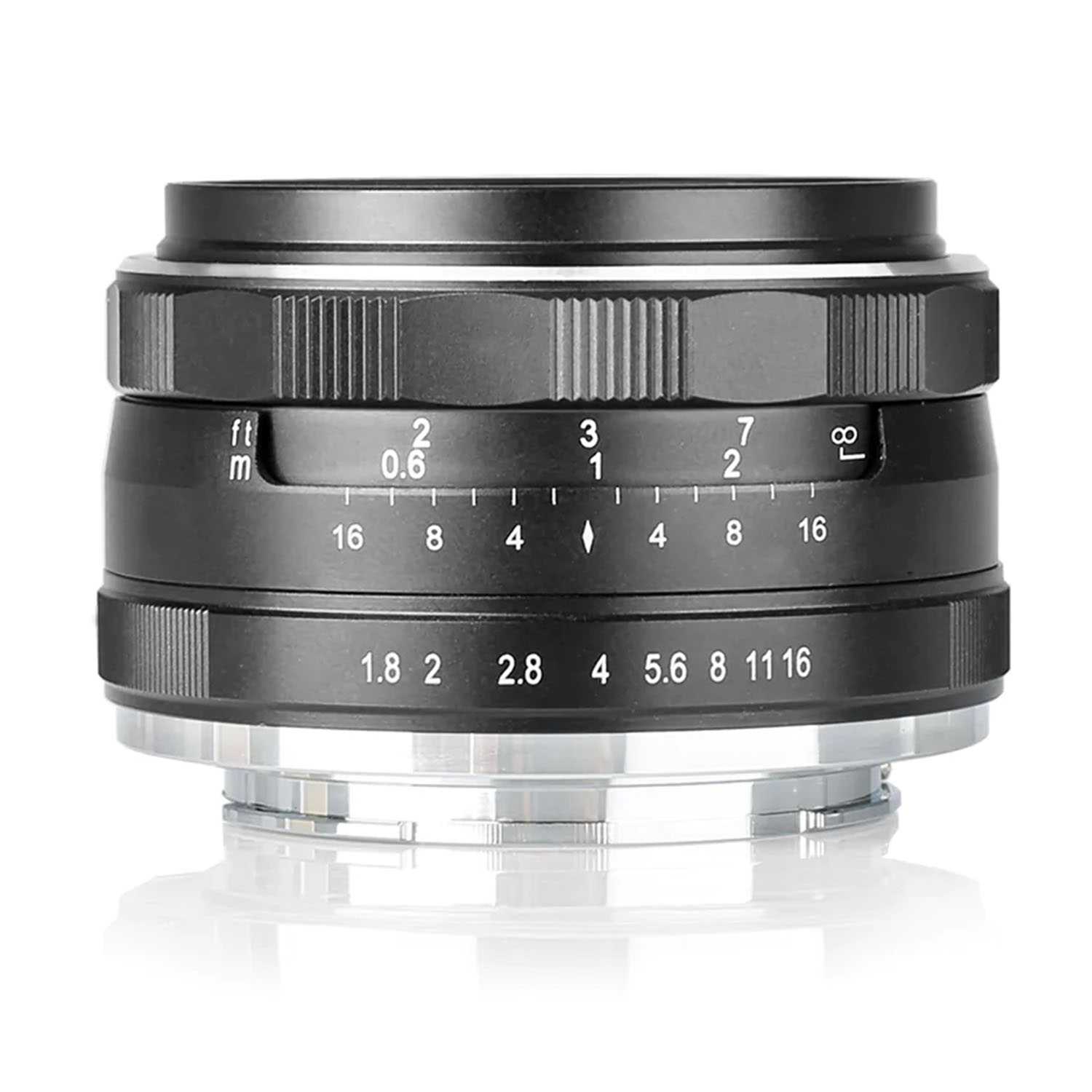
Aesthetics
The beauty of a lens is certainly subjective, but I’m a big fan of how a lot of these cheap Chinese lenses look.
The full metal barrel is finished with a sleek black finish which contrasts quite well against the white text.
There’s even a lovely “silver” ring that frames the front of the lens, which I thought was just a nice little premium touch.
Ergonomics
Ergonomically, I found the lens to be fairly comfortable to use. It adds barely any heft and weight to your camera, so hand fatigue is pretty much a non-concern.
Couple that with the fact that its literally pocketable and you’ve got an awesome lens that you can carry with you all day long.
Admittedly though, I found the small size to be a bit problematic at times. I’m the type that generally has one hand on the lens when trying to stabilize my shots, and this little thing was too tiny to get a solid grip on.

This thing is TINY.
My Final Thoughts
Alternatives
Before I round of my reviews, I generally like to give a few alternatives to consider.
This lens falls deep into the “ultra-budget” category, so it’s hard to make direct comparisons, but here’s two for your consideration.
Neewer 35mm F1.7
Although a bit tighter, I’d consider the Neewer 35mm F1.7 the most direct comparison.
They’re similar sizes and prices, but the Neewer offer slightly better image quality without as many faults.
I’ve personally owned the Neewer lens for about two years and I’ve really come to like it a lot.
Sigma 30mm F1.4
Next, we have the Sigma 30mm F1.4. Now, the Sigma is a bit more expensive, but I would still consider it a very, very affordable lens.
It’s one of the sharpest lenses for Sony APS-C, built like a tank, and has excellent autofocus. I’ve owned it for four years and you really can’t go wrong with it.
Highly, highly suggest going with the Sigma.
Conclusion
Anyway, if you’ve decided that want to stay as budget as possible, the Meike 25mm F1.8 really is a solid pick.
Despite the heavy flaring (JJ Abrams would be proud), the overall image quality didn’t disappoint.
Not only that, but the tiny, tiny size and shockingly solid build quality really make this lens worth it for the price.
If you’d like to pick it up for yourself, I’ve included a purchase link below. Thanks for reading!
Respectable Image Quality at a Low Price
Meike 25mm F1.8
Although small and cheap, the Meike 25mm F1.8 is able to produce respectable images despite its low pricepoint.
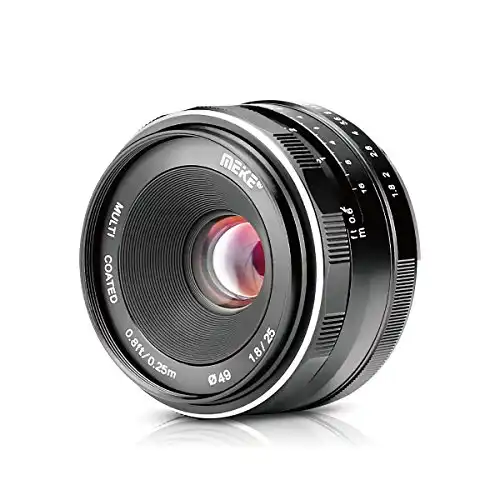
Check Price on Amazon
Buy from B&H
This lens earned a spot on one of my best lens lists.
Some of the links on this website are affiliate links. This means that whenever you purchase an item through these links, I get a (very small) commission. Thanks you! <3
Focusing & Other Notes
Manual Focus
Next up, we’re going to focus on focusing! The Meike 25mm F1.8 is entirely manual, as stated prior, and I found the MF experience to be pleasant.
The focusing ring has a sort of ridged-type design that acts as a grip allowing for smooth and very precise manual focus. The ring was adequately dampened and, although it didn’t feel as “good” as some lenses, still felt great to use.
Still, it worked just as well as most other MF lenses, especially coupled with Sony’s excellent focus assists such as peaking and magnifier.
By the way, if you’re unfamiliar with manual focus and want to learn more, I’d suggest reading my complete guide to MF for Sony cameras.
Aperture Ring
In addition to being manual focus, the Meike 25mm F1.8 also has a physical aperture ring. It works well, and was tight enough (it’s declicked) to where I didn’t slide it out of place too often on accident.
In addition, the lens rocks a small distance meter, which I found looked (aesthetically) really nice, though I’m not sure how accurate it actually was.

Conclusion
Pros
- Well-constructed lens, smooth focusing and firm aperture ring
- Fast f/2.8 aperture
- Great bokeh at close-up shooting
- Moderate distortion
- Excellent value for wide angle lens
- Great build quality, size – ideal for compact mirrorless body
Cons
- Chromatic aberration at all apertures
- Field curvature varies with distance, not good for flat objects
- Noticeable vignetting and a significant difference between the performance in the frame centre and on the edge of the frame
You can buy this lens from Aliexpress or Amazon for 229.00 USD, avaible for m4/3, EOS M, Sony E, Fujifilm X, and Nikon CX mount.
Image Quality
Sharpness
For the price, sharpness certainly didn’t disappoint. The Meike 25mm F1.8 isn’t perfect, but for the price point it’s hard to complain.
Wide Open
To begin, shooting wide open (F1.8) provides somewhat lackluster quality.
The corners are visibly soft and lack contrast, and even the center looks a little muddy if you pixel peep.
This isn’t necessarily surprising, as most lenses show their flaws when at their brightest aperture.
Stopping Down
Stopping down, of course, leads to better optical performance.
Even dropping down to just F2 evens out the frame quite a bit, leading to less mushy corners and a completely sharp center.
I found peak sharpness to be around F5.6, with diffraction hitting hard starting at F16.


Optical Quirks & Flaws
Flaring Issues
The lens isn’t without other problems, though. The issue that cheap lenses tend to struggle with the most is flare resistance, and this one is no exception.
If you end up shooting into sunlight, do your best to create a “makeshift lens hood” with your hands, otherwise you’ll be suffering from a lot of ghosting and lack of contrast.
If you’ve ever wanted to get JJ Abrams level of lens flare, this is the lens for you. (ok, maybe not that extreme)
Heavy Distortion
Distortion is another aspect in which this lens struggles with.
While it’s mostly correctable in post processing, you may run into issues when attempting to shoot straight lines such as architecture.
I wouldn’t say it’s an absolute dealbreaker, but it’s certainly something to be aware of.
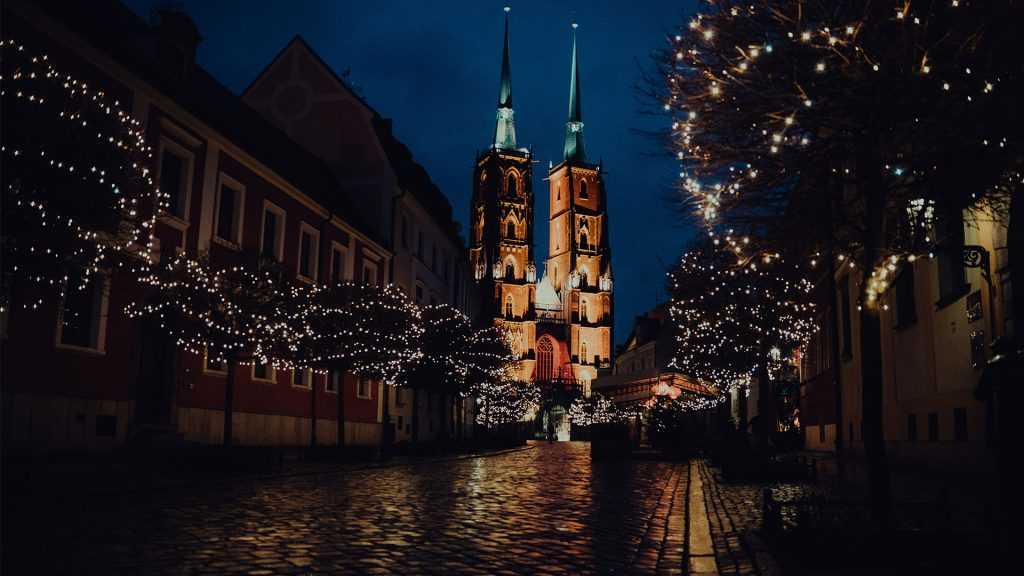
CA/Vignette
Finally, two aspects in which the lens doesn’t struggle with are chromatic aberrations and vignette.
Vignette is minor and easily fixed in post processing, and chromatic aberration is so well controlled that I didn’t notice anything egregious when pixel peeping.
Overall Optical Performance
Overall, I’m really impressed with the optical performance of this lens.
Is it perfect? Absolutely not. Not by any means. Would I take it on a pro shoot? Nope!
For the price though, I’m very happy with how it performs.
Already interested in checking it out?
Meike 25mm F1.8
Despite the price point, the Meike 25mm F1.8 offers respectable image quality when stopped down.

Check Price on Amazon
Buy from B&H
